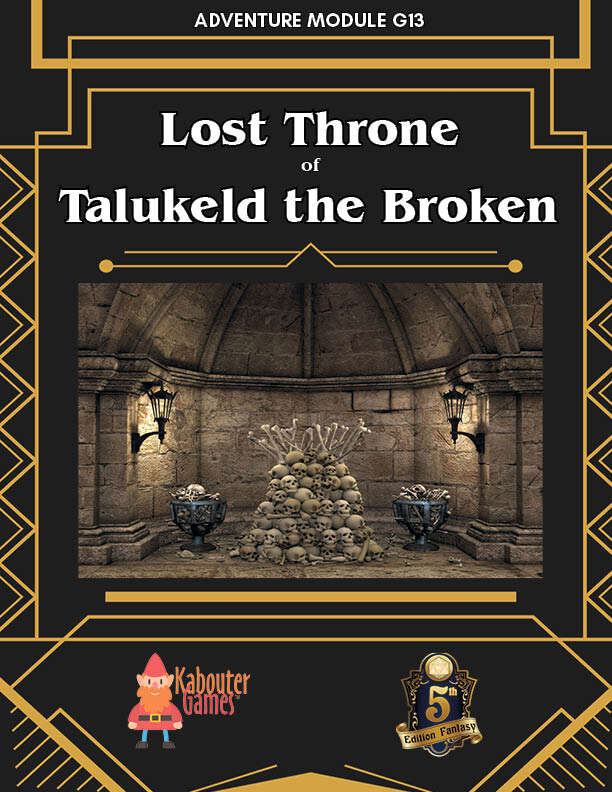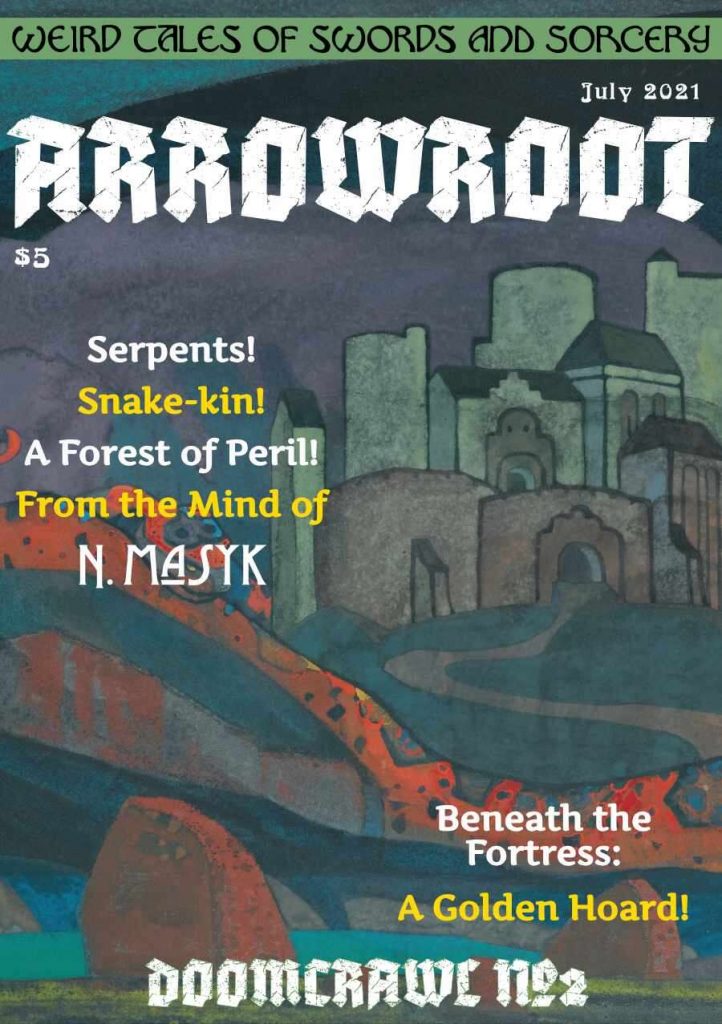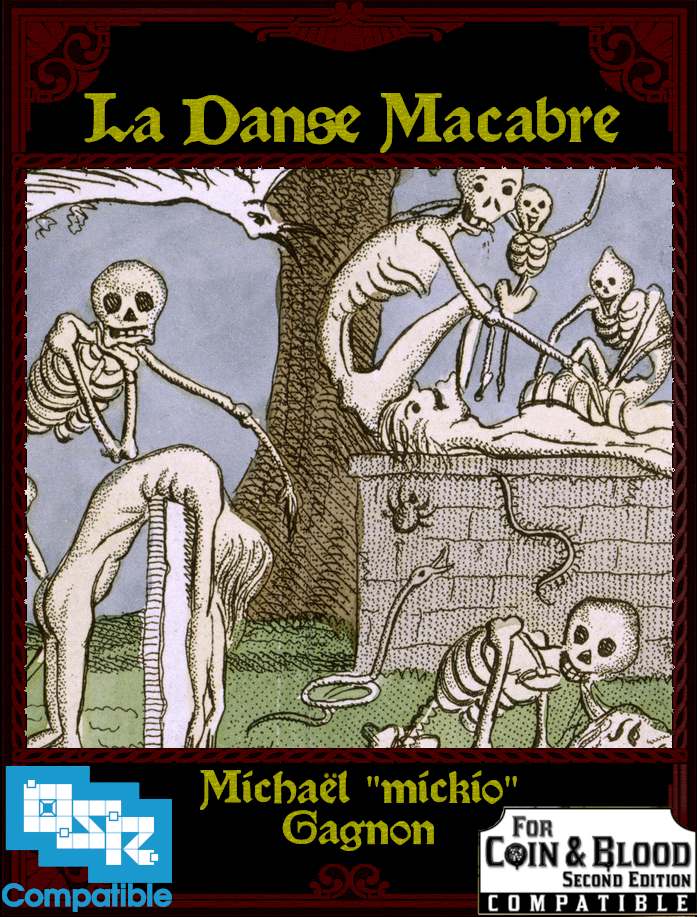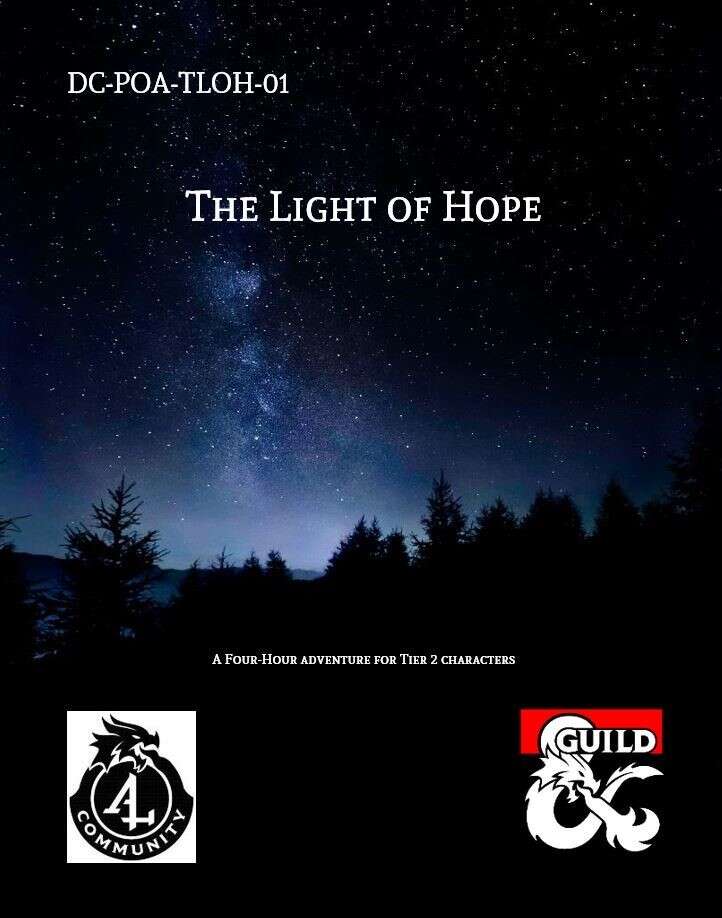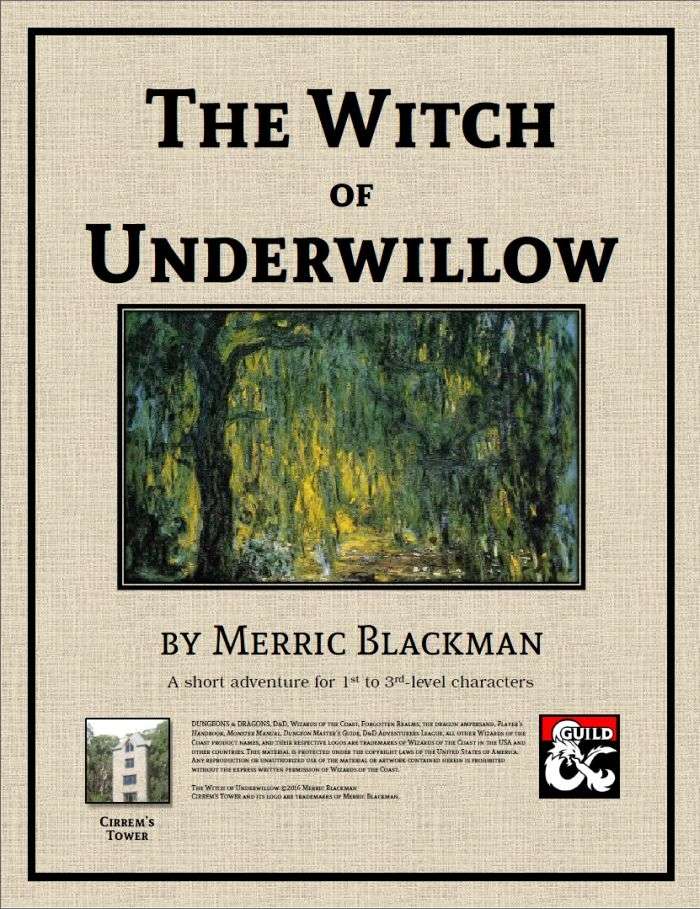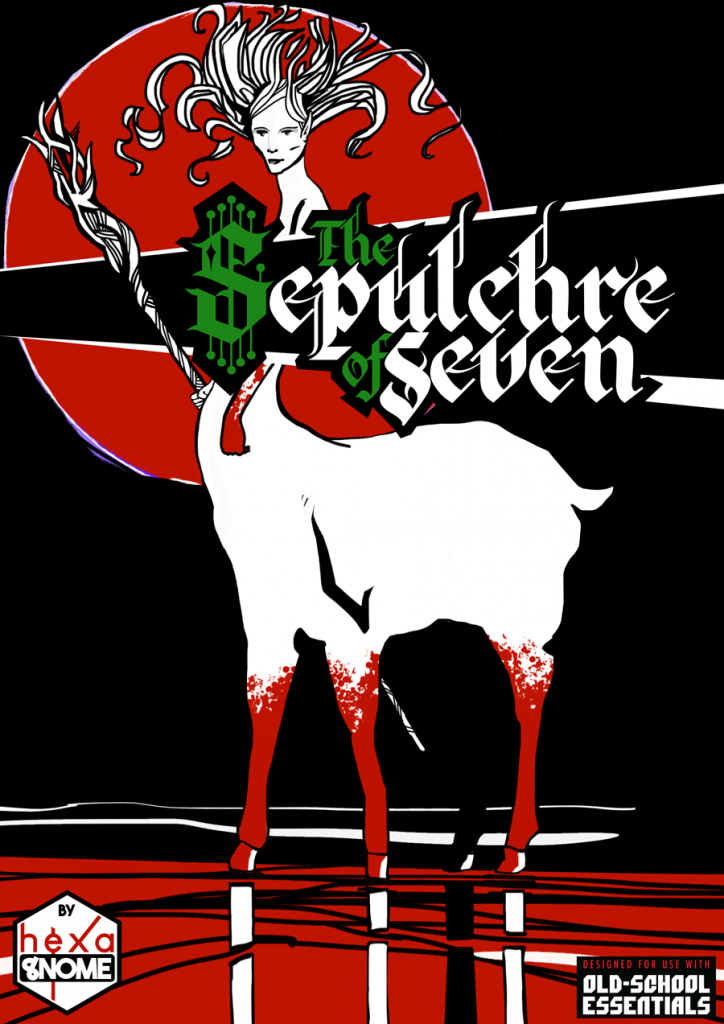
By Hex A.G. Nome Hexagnome OSE Levels 5-7
Long ago a half-elf, half deer-centaur named Jayne led a small guerilla band against the armies of an evil fae witch. They prevailed at terrible cost.Over centuries, the Church erased all memory of Jayne’s fae nature. Monsters moved into her hideout-turned-sepulchre, still haunted by Jayne’s enemies and companions, and a ghost longing to complete his vengeance…
This 68 page digest adventure features a two level dungeon with about forty rooms. And a metric FUCK TON of shit going on. Multiple zones, subplots, mysteries, a variety of things to do. It is CRAMMED. Could use a little more focus on consistent evocative descriptions, and it’s going to take some study cause it ain’t holding your hand. But, if you have to study, make for an interesting dungeon … and this one’s interesting.
Well, it’s got the fucking marketing down, that’s for sure, at least as far as the cover is concerned. Striking, isn’t it? It stands out in the sea of generic samey style that seems to be the goto these days. I say it in my feed and was like “Uh, Fuck Yeah, I want that.” Excited from the moment of purchase, that’s what I like!
The dungeon is the former base and now tomb of mythic figure of yore. Her legend is now corrupted and transformed, much in the same way that christiantity houses some pagan beliefs. There’s something there, some borrowed, something new, something blue. The locals will tell you tales about their local patron saint, each with some truth in them. Slotting in to this same section are the hooks, two of which stand out to me both escort jobs. One, a priest charged with cleaning and blessing the derelict sanctuary, and the other escorting a 17 year old “chosen one” in to the place. It gives it a kind of Dragonslayer vibe, I think. There’s no real detail to either, and a little personality and/or guidance, maybe one sentence more or two, for each, would have gone a long way. And that’s going to be a theme of this review. Most of the rooms could use a sentence, maybe two, more.
So, great maps, lots of variety in them. Same level stairs, grottos, rivers, features on the maps. Clean and easy to read, monsters noted n the map for reaction purposes. Even a side view to help you see how things go together. The maps come from two different good designers, and then this designer has further modified them to fit their usability needs. VERY good job. These are REAL fucking dungeon maps, none of the half-efforrts that are so commonly seen these days. Not necessarily exploration maps, with their loops and such, but then again this is a tomb dungeon. The PDF comes hyperlinked and with cross-references in rooms to help you locate information.
And I don’t really, historically, like tomb dungeons. I, traditionally, find their maps too limiting (not this one!) and the encounters are a little boring and staid. They never feel like tombs. And when they do it feels a little static. But not here.
What we have going on here are a number of zones. We’ve got the kobolds in the entry zone. We’ve trolls down below near the underground river (multiple ways in to this dungeon for clever players!.) We’ve got some border zones with vermin. We’ve got a variety of tombs, with their intelligent undead spirits, and workshop areas. And the land of the fae, breaking in to places. Different feelings to the zones, different vibes. From the (potential) war zone with the kobolds to the more methodical negotiation with some intelligent undead, to more traditional exploration elements avoiding the typical dungeon vermin. And it’s through this zone play that a variety of play styles come in to play, keeping the adventuring elements fresh and less stale than a typical tomb adventure.
Descriptions, when they happen, are quite good. Here’s a description of an amber golem: “Carved in pale translucent blue amber, the lean, 5′ tall, 2-tons snow leopard radiates softly from within. Bronze teeth and claws shine with the promise of death. Liquid gold cat-eyes cast puzzling, hopeful inquiries.” Note how it concentrates on things relevant to play, its appearance and mannerisms. Maybe a little flowery in places but those bits don’t overstay their welcome and could be argued lead to a better conceptual understanding of the beast, by the DM. The designer manages to do these descriptions time and time again … when it comes to creatures.
Room descriptions are done in a kind of evocative keyword/bullet point style, with section headings augmenting this. So the initial description might be: Well (rumbling water far below) 7 Arrow Slits, Larger than life statues (statue description) Lancet Arch door. And then some major sections headings for Kobolds, 7 Crude Arrow Slits, North Door, and Well, each with some bullet point descriptions and mechanics. This style, done well, ranks high on my Favorite Styles list. . It scans easily and short, punchy descriptions can work well.
When done well.
Ok, so, I’ve not alluded three separate times to issues with the adventure. I’m going to cover them now, but, I’m also going to say that I like this adventure. You’re going to have to study it to use it, and it could be better, as I’m about to detail, but I think it’s worth it.
There are three points I’d like to address. The first is hand holding. Just how much detail do you provide for the DM, as the designer? How explicit must you be, how much do you have to spell out for them? There is some happy medium between minimal keying and WallOfText four page room descriptions. Something like B2, or G1, can do a decent amount of story-telling and explaining through the use of the room keys. The story of the place comes to reveal itself over time, through the room keys. Alliances, slave rebellions, faction tension and so on. But those are, essentially, room keys one step removed from minimal keying. As your rooms get more complex and more is going on it gets harder to tell that story through the keys. You begin to need to be more explicit. You need a summary of what’s going on. That could be What’s going on in the dungeon, or in this zone of the dungeon, or, what’s going on in this room. Ideally, you, the DM, glance at things and know what’s going on. More complexity, though, requires more explanation. And this adventure could sorely use one more sentence, maybe two, for most of its rooms and Major Things.
Those creature descriptions that are so good are essentially the only place you’re going to see words strung together like that. Those escort folks needed a couple more sentences to bring them alive. Likewise, the rooms here, need a sentence or two more … as does the entire dungeon. If there were a few words, a paragraph, up front describing how the dungeon, factions, etc, worked, it would reduce the cognitive load of figuring it out. Yes, it’s present. But you need to read and understand everything to get it … and a little front-loading of the information would have made it easier to receive and grok. Same with the rooms. With some study you can figure out what is going on and how to run the thing. A sentence or two more would have helped with NPC reactions, and an overall “vibe” to the room.
Because as it stands, the rooms come off a little … staid? A little flat? The descriptions anyway. They don’t feel like a cohesive whole, working together, to create a vibe. A couple of evocative sentences up front, might have solved that. Or, a lot of agonizing work on the specific words selected to describe the various elements that are present. Right now it comes off more fact based than evocative, and I find that the keyword thing works better when it comes off as evocative instead.
So, it’s complex. And requires study and thinking to figure out how things run. And some time thinking about the rooms to summon up a suitable imagery to go with them. I’ve been known to really slam an adventure for such things. Generally, this is when I feel the adventures so derivative and offers nothing interesting in play. If you’re going to charge me $50 for a grilled cheese it better be a really fucking good grilled chese. But then, sometimes, you get something like this. Sure, there are flaws, but, overall interactivity is good enough that the effort you put in to running it will pay off. And in spite of me saying that, after a couple of read-through, I’m STILL not sure how the damned/skulls/number of them work. Ug!
It’s a real dungeon. And those are few and far between.
It’s free at DriveThru. And the entire thing is available as a preview. AND they’ve posted some sample pages. Check out that gorgeous fucking map! Check it out. Page 22 of the preview/16 of the book is a good one to look at for the format/style used.
https://www.drivethrurpg.com/product/366868/The-Sepulchre-of-Seven?manufacturers_id=20057?1892600

